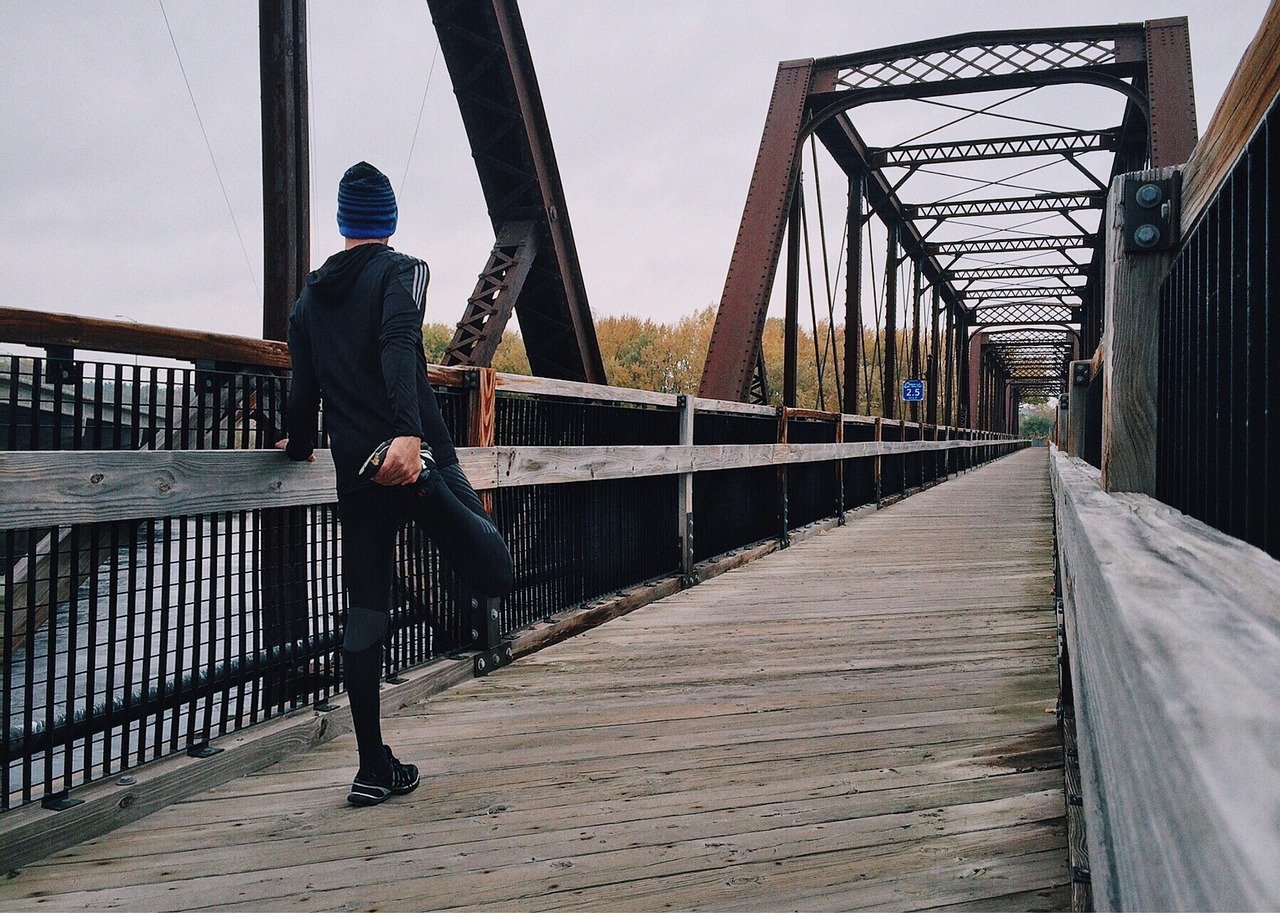Last updated on January 24th, 2024 at 02:11 pm
Learning how to perform a hockey warm up properly was probably the best thing I’ve learned when it comes to hockey training. When I was younger and just starting out, I was one of those guys that walked into the gym, waved my arms around a little bit, and then jumped straight into my first set. I didn’t care about warming up because first of all, I wasn’t ever getting injured, so there was nothing to really hold me back from diving right into my workouts. Secondly, I was getting stronger and building muscle. So why would I care about warming up properly?
Then I’d read some stuff about how to warm up and then the next time I’d go to the gym I’d run on the treadmill for a few minutes to get my heart rate up and ready to go. I felt a little better going into my workouts, so I figured I was doing something that was good for my workouts. That’s when I thought I had this workout thing down to a science.
Then I started getting my head out of the bodybuilding magazines and started to look a little more deeply into what the guys that were at the top of the game were doing, like Eric Cressey, Mike Boyle, and Kevin Neeld. These guys were training pro athletes, had some great information available to guys like me, so I knew these were the guys that I had to get familiar with and start implementing what they were doing. They were helping athletes improve their performance without getting injured, so it was a no-brainer to listen to these guys.
Things started to make sense when I started really thinking about what they were doing. First of all, soft tissue work was something that was foreign to me, so when I did some deeper reading into it, I couldn’t believe why I hadn’t been doing this in the past. Then performing dynamic movements before my workout instead of doing static stretching was also something I never thought would make such a big impact. I mean, my high school gym teachers always said stretching before exercise was good, so I just accepted it as true and didn’t question it back when I was younger.
Here’s the thing. A hockey warm up needs to be a part of your workout and not a sometimes thing. If you’re warming up for 5 minutes, you’re probably not properly warmed up. When I went to get certified, my instructor told me that a warm-up should be a 5 minute WALK on the treadmill. I was floored because I had just finished consuming myself with everything Cressey, Boyle, and Neeld had to say about the subject. Just take a little stroll and you’re ready to go. But certification programs are another subject all together.
Here’s what you need to know about how to perform a hockey warm up properly for your workouts:
1. Soft Tissue Work
By grabbing yourself a foam roller and a lacrosse ball, you can incorporate some soft tissue work to start your warm up. By doing this, you’re preparing your muscles by ironing out any kinks and bumps that may be the cause of an injury down the road.
The best analogy I’ve read about foam rolling is thinking of your muscles like an elastic band with a knot in the middle of the band. When you pull on both sides of the band, there is so much stress on the part of the band attached to the knot. If you were to keep pulling the band, it would snap at either side of the knot before anywhere else. Know imagine putting your muscles through all kinds of stress with one of those knots in them. The end result probably won’t be all that good. So get your soft tissue work in.
2. Perform Dynamic Movements
For such a long time we’ve been led to believe that static stretching before our workouts was a must. But there was never really any research to back it up and there still isn’t. Studies are now showing that muscle strength can be decreased in the hour following static stretching. When you’re doing static stretching, you’re basically telling your body to relax, which before a workout isn’t exactly what you’re looking for. That’s why static stretching should be done after your workout.
Performing dynamic movements trains your muscles to fire the way they’re about to move in your workout. You’re also taking them through their range of motion which as an added benefit is going to increase flexibility. When you activate these muscle groups before exercise, you’re doing yourself a huge favour because you’re increasing your chances of avoiding injuries.
3. Activate Muscle Groups
Like what was just said, activating muscle groups before exercise helps you avoid injuries. Another benefit of activating these muscle groups is that you can work on mobility issues. Some people have shoulder problems, so they should spend a little extra time activating the muscles around the shoulder joint. Other people with lower back issues need to spend extra time activating the muscles at the hip joint.
Just remember, learning how to warm up shouldn’t be thought of as an annoyance. There have been many times when I’ve skimmed through my warm up and it always ends up being a subpar workout. I don’t feel energized and prepared the way I would if I had spent 10-15 minutes warming up. Do yourself a favour and learn how to perform a hockey warm up and your workouts, games, and practices will improve as well as your overall health.
Scott is a hockey coach, hockey dad, as well as a hockey off-ice performance coach(Exercise Physiologist and Strength Coach) with a wide range of experience in everything hockey training related. Learn more about Scott.
